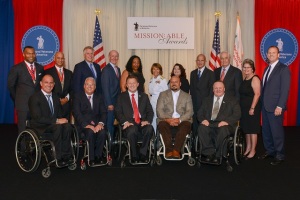
Image: concrete.org
As the former president of Construction Systems in West Palm Beach, Florida, Ernest Grotsky helped the bid-and-design/build contractor grow from five employees to more than 60 by the end of his tenure. When active in the construction field, Ernest Grotsky stayed current with best practices in the industry through his involvement with professional organizations such as the American Concrete Institute (ACI).
Founded more than a century ago, ACI has grown into a global leader in education, resources, and standards development for the concrete and construction industries. In addition, the organization offers a range of training seminars, certification programs, and events for its members.
One of ACI’s largest events is the annual World of Concrete conference. The 2017 event will be held January 16-20 in Las Vegas, Nevada, and will feature indoor and outdoor exhibits as well as product demonstrations. Additionally, the conference will offer skill-building training seminars and certification programs from some of the industry’s leading experts. To learn more about the upcoming World of Concrete conference, please visit www.concrete.org/events/worldofconcrete.aspx.



You must be logged in to post a comment.